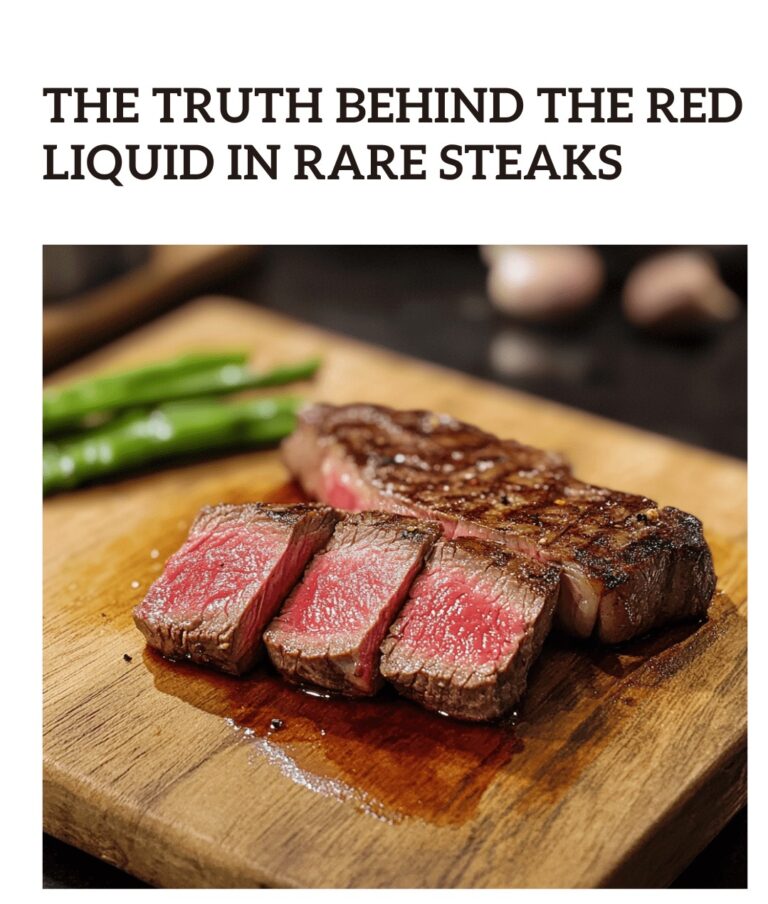ADVERTISEMENT
Typically, meat consists of water, protein, and fat. Cooking affects these elements differently based on the applied heat and method. The protein myoglobin, found abundantly in muscle tissue, significantly influences the meat’s color and overall appearance.
Role and Characteristics of Myoglobin
Myoglobin, a protein stored in animal muscle fibers, is crucial for oxygen storage needed during physical activity. Similar to hemoglobin—responsible for oxygen transport in blood—myoglobin’s iron content binds to oxygen, providing it with a distinctive red color.
The concentration of myoglobin in meat varies by the type of animal, its age, and how active it was, explaining why meats like beef and lamb appear darker than chicken or pork.
Demystifying the Myth of Blood in Steak
It’s essential to clarify that the liquid seen in cooked steak isn’t blood. The slaughtering process involves draining most of the blood. The “juices” that emerge during cooking are primarily a mixture of water and myoglobin.
Why the Misunderstanding?
ADVERTISEMENT
